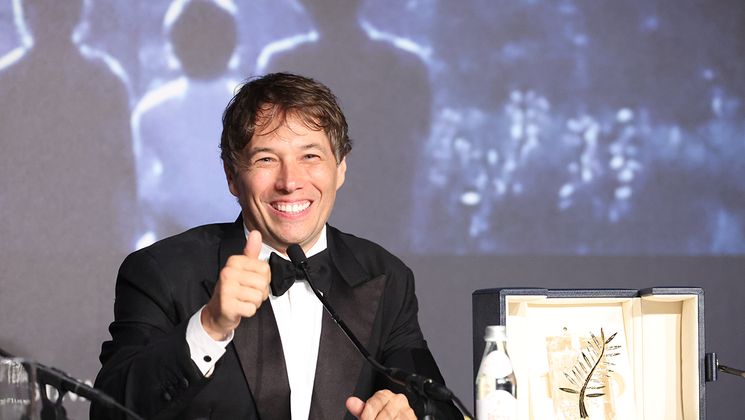
The Cassandra Cat (Až přijde kocour), Vojtěch Jasný’s fairytale allegory

Robert, a schoolteacher in a small village, teaches his pupils to respect nature and resist conformism. One day, a magician and his troupe arrive with the beautiful Diana and a cat with glasses that reveal human virtues and vices by making them change colours. Emília Vášáryová, who plays Diana in Vojtěch Jasný's colourful political metaphor presented in a restored version at Cannes Classics, talks about her memories of the filming.
How did your involvement in The Cassandra Cat (Až přijde kocour) come about?
I was 19 years old and still a student at the Faculty of Dramatic Arts in Bratislava. It was my third film and my very first experience with Czech cinema and Barrandov Studios. Jiři Krejčík, another famous Czech director – who could no longer shoot in Barrandov for political reasons – had migrated to Slovakia to make a film in which he had given me a role after noticing me. It was he who told Vojtěch Jasný about me. For the try-outs I had to wear a black leotard, then a red one. Jasný asked me if I had a problem with training on the trapeze. I answered that I had been doing artistic gymnastics for ten years. And he chose me for the role.
Tell us about your collaboration with Jiří Sovák and Jan Werich, who play the school headmaster and the magician respectively?
All the actors who were important in Czechoslovakian cinema at the time are in the film! And especially the comic actors, including Jiří Sovák. He said that he was inspired by the communist President Novotný for his role. But Jan Werich was the greatest for me. In the morning, during the make-up, he made me laugh when he saw that I was nervous. My surname reminded him of the Hungarian word vasárnap, which means Sunday. Like my father, he loved Rezső Seress's famous Hungarian jazz tune "Gloomy Sunday" (1933), which became famous for being banned in most Budapest establishments because of its melancholy.
What moment in the filming made an impression on you?
There are a lot of cats in the film. The biggest challenge was to stay with one of them at the top of the trapeze. We didn't always manage to do that because the height made the cat shake like a leaf. Once he was so terrified that he clawed at me and we both fell. He fell very gracefully, of course! And me a little less so as I was taken to hospital. Fortunately it was not serious.
The visual inventiveness of the film shows the artistic uniqueness of Vojtěch Jasný.
Yes, Vojtěch Jasný was exceptional. It is also worth mentioning the excellent work of Czech cinematographer Jaroslav Kučera and the entire team involved in creating this colourful little miracle on celluloid.
How was this satirical comedy received in Czechoslovakia at the time of its release, especially by the powers that be?
This film, like another excellent film by Vojtěch Jasný entitled All My Compatriots (Všichni dobří rodáci) (Best Director’s Prize at Cannes in 1969), was censored after the occupation of Czechoslovakia and its director emigrated. Jasný's film is a metaphor for the functioning of the communist regime. It shows how the regime gradually stifled human freedoms. Jasný had a wonderful way of working with children. In my opinion, this is where the qualities of a director are revealed. The scenes with the children are beautiful, incredibly strong and they still touch me deeply today..
What do you remember about the presentation of the film at Cannes in 1963?
I celebrated my twenty-first birthday during the Festival. Flowers offered by the President of the Festival were waiting for me at the Hotel Martinez. Twenty-one white roses, large and beautiful. Thanks to the premiere of the film in Cannes, I was able to go to the West for the first time in my life. I had never seen the sea before… The public reception was fantastic. They even understood its political significance.


